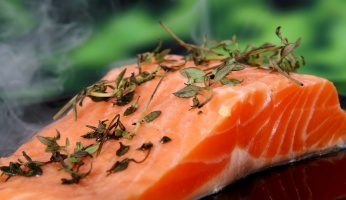How to Cook Fish: A Complete Guide
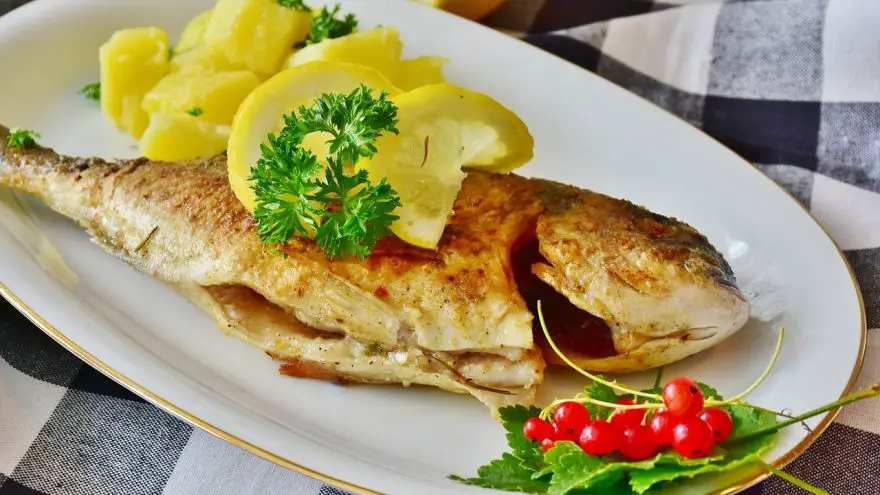 How to Cook Fish: A Complete Guide
thegearhunt.com
How to Cook Fish: A Complete Guide
thegearhunt.com
Fish is a food that is incredibly versatile. There are quite a few ways that it can be prepared. Aside from just being tasty, fish contain a lot of healthy fats and nutritional protein. If you are ready to learn how to cook fish, you have come to the right place. Let’s get to it!
Mastering the Basics of Cooking
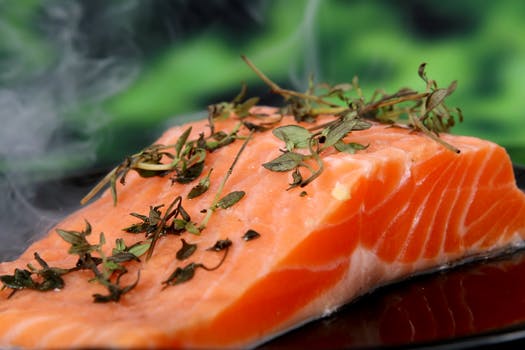 Find the freshest fish you can. You know, anytime you cook, fresh ingredients are recommended. With fish though, it is quite important. You might be able to disguise chicken that is 3 days old with ease but trying to do the same with a cod that has just been sitting for that long can be quite difficult. If you want to cook the best fish you possibly can, you might want to cozy up to your local fish supplier.
Find the freshest fish you can. You know, anytime you cook, fresh ingredients are recommended. With fish though, it is quite important. You might be able to disguise chicken that is 3 days old with ease but trying to do the same with a cod that has just been sitting for that long can be quite difficult. If you want to cook the best fish you possibly can, you might want to cozy up to your local fish supplier.
The best way to get the freshest fish you can find is to simply ask. Just go up to the seafood counter in your local grocery store and ask them what they have that is freshest. Of course, this might mean that you will have to be a bit flexible regarding what you cook, but it is worth it. Fresh fish always taste better regardless of the type.
Fresh fish will smell like the ocean but not too fishy. The gills will be moist and bright, the meat will be springy and firm, and the scales of the fish shouldn’t flake off with ease or be dull. Also, the eyes will be bright and not cloudy.
Get a good meat thermometer and learn how to use it. The secret behind cooking fish is to know what temperature they should be when you finish cooking them. This is where a meat thermometer comes in. Most of the time, a fish is perfectly cooked when it reaches a temperature of 120 – 145 F.
Undercooked fish is ok. Surely you have heard of sushi. What about ceviche? With those two dishes, the fish isn’t cooked at all. Fish aren’t like poultry. When you undercook poultry, there is the risk of anyone eating it coming down with salmonella. Fish can be eaten raw or undercooked.
Now, for complete transparency here, undercooked or raw fish can contain a variety of parasites, but the risk of serious health concerns is minimal. You can be quite safe eating fish that is undercooked.
Know the 3 basic types of fish. There are basically 3 varieties of fish, and each type tends to need a different method for cooking and contains varying nutritional properties. Knowing about the 3 varieties can help you to cook the fish better.
- White fish – this group contains haddock, sole, plaice, cod, and more. Fish of this type have skin that is almost translucent and that turns to an opalescent white as they are cooked. This type of fish is typically battered before being deep fried and is the basis of the English fish and chips.
- Oily fish are ones like sardines, trout, salmon, and more. This type tends to be much oilier than the other types, but they are good oils, like omega 3 fatty acids. This type of fish is typically steamed, baked, or grilled.
- The shellfish type includes oysters, mussels, scallops, shrimp, lobster, etc. They are also classed as either mollusks or crustaceans. This type typically feeds on the bottom of the ocean and are more difficult to digest than the other types of fish.
You might experiment with a variety of marinades, but most fish taste great simply with a bit of salt and pepper. There are many different types of marinades that you might experiment with, honey and soy sauce work well on salmon, but lemon and olive oil go well with white fish. Ultimately though, fish tastes exquisite when you can actually taste the fish as opposed to the marinade.
Make sure that the fish is as dry as it can be before you cook it. Dry the fish off regardless of the cooking method you will be using. This is especially important when you will be pan frying it. Any extra moisture can cool the oil down. Try to pat fish steaks or fillets down using a dry paper towel before you cook them for best results.
Thaw the fish thoroughly before you cook them. Yes, for best results, you should be using fresh fish, but face facts here – fresh fish can be expensive and a luxury that we aren’t all able to afford. A nice alternative is a frozen fish, but you will want to thaw it out in the refrigerator for 24 hours before you cook it.
You can also bake frozen fish, but you will need to double the normal time in your recipe for cooking it. Be aware that cooking frozen fish can be rather tricky and if you can afford fresh fish, use that instead.
Various Types of Cooking
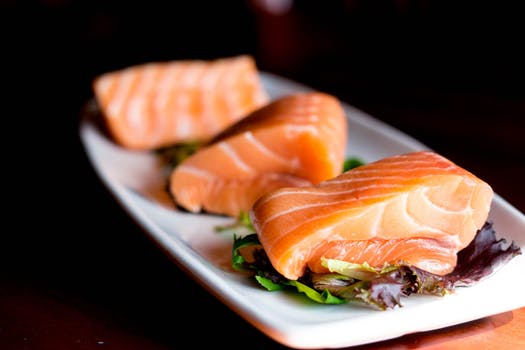 Grilling. This is the ideal option in the summer. It is both enjoyable and easy to grill fish. With your gas grill or coals, you will try to make a hot pile as well as a cooler one. This is so that you will be able to cook the fish with the low heat for most of the time, but still be able to give it a bit of color by finishing It over the high heat. Remember to use your meat thermometer to get it done properly and keep in mind that fish tends to cook very quickly.
Grilling. This is the ideal option in the summer. It is both enjoyable and easy to grill fish. With your gas grill or coals, you will try to make a hot pile as well as a cooler one. This is so that you will be able to cook the fish with the low heat for most of the time, but still be able to give it a bit of color by finishing It over the high heat. Remember to use your meat thermometer to get it done properly and keep in mind that fish tends to cook very quickly.
When you grill fish, make sure that you oil both the fish and the grill very well before cooking it. This will keep the fish from sticking right to your grate when it is time to flip it. Another idea would be to use a pouch made from aluminum foil to keep your fish in while it cooks. This will cook the fish great and save time on the cleanup.
When you want to grill fish, keep in mind that you need to have the right type of fish. Hearty, meaty fish such as salmon, swordfish, and halibut work well on a grill, especially when you cut them up into steaks. More delicate fish, such as sole, flounder, and cod will fall apart much easier and can be difficult to grill.
Baking. This is probably the healthiest option when it comes to cooking fish. It depends on less oil and dry heat to cook the fish to perfection. Just line a baking pan with aluminum foil or wax paper, oil the fish or paint it with melted butter and then cook it at a lower heat.
Pan fry it. This gives you the option to be a bit more creative with the fish. You might decide to dredge it in cornmeal or flour for a crunchy exterior, or you may decide to make a sauce from the juices that will be left in the pan.
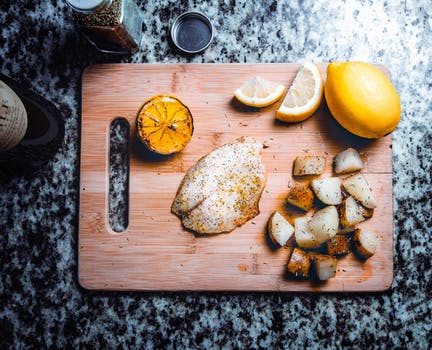 Poach it. To poach fish, you will cook the fish by putting it in a pan of simmering or hot liquid (not boiling) and covering it. The liquid needs to be mainly water, but you can add a few other ingredients if you want to increase the flavor. Think things like salt, white wine, parsley, rosemary, thyme, carrots, celery, onions, etc.
Poach it. To poach fish, you will cook the fish by putting it in a pan of simmering or hot liquid (not boiling) and covering it. The liquid needs to be mainly water, but you can add a few other ingredients if you want to increase the flavor. Think things like salt, white wine, parsley, rosemary, thyme, carrots, celery, onions, etc.
There are basically 2 different ways to poach. Deep poaching is when you completely submerge the fish in the poaching liquid. The shallow poach is when you partially submerge it in the liquid. With a deep poach, you typically won’t cover the pan, but you will with the shallow poach.
If you are going to poach your fish, the liquid needs to be between 160 and 180 F. This means that there should be a slight simmer on the top of the liquid. For poaching liquids that are even hotter than that, the length of time needed for cooking the fish will be significantly less.
Fish that are good for poaching include tuna, sturgeon, striped bass, mahi mahi, halibut, barramundi, and arctic char.
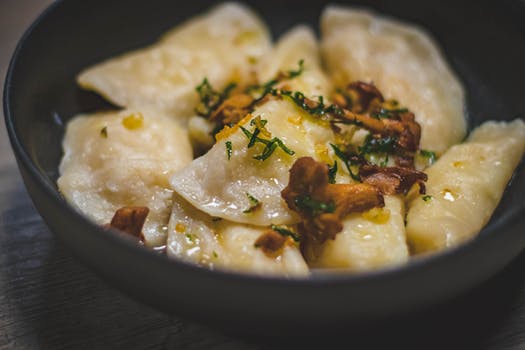 Fry it. It has been said that fried fish can feed the soul. It might be not as healthy as baking or poaching, but it can elevate your ordinary fish – such as catfish – into a work of art. Fish that will be fried typically get battered before being dunked in a pan filled with hot oil. There are a few basics to keep in mind when frying fish.
Fry it. It has been said that fried fish can feed the soul. It might be not as healthy as baking or poaching, but it can elevate your ordinary fish – such as catfish – into a work of art. Fish that will be fried typically get battered before being dunked in a pan filled with hot oil. There are a few basics to keep in mind when frying fish.
Decide whether you will dredge the fish or batter it. If you dredge it, you might use egg and flour, which will make it lighter. You might batter it though, using buttermilk or beer when you want a shell that is crunchier and thicker. Cooking times remain the same regardless.
The oil for frying fish should be about 375 F before you begin frying. Fillets need to be fried for roughly 4 minutes, or until they appear to be a nice golden brown. A trick to determine whether the heat of the oil is right is to float a single strike anywhere match right on top of the oil. These matches have a flash point that is equivalent to what the heat of the oil should be. When the match spontaneously lights, the oil has reached the proper temperature for frying.
Specific Recipes
Almond crusted salmon. This is a delicious recipe when done right. The nutty crispness of the almonds blends perfectly with the unctuous richness of the salmon. This is an alternative to breaded salmon that is no joke!
Grilled sea bass. With this one, you will grill the entire fish. Many cultures believe that the cheeks and eyes of the fish are a true delicacy. Stuff it with some herbs, veggies, or fruits and you will have a dish that is truly transcendent.
Fennel topped trout. You will notice that you need fennel for this recipe. Don’t worry though, the fennel won’t overpower the delicate taste of the trout. You might add some lemon peel, shallot, and ginger and you will have a tasty little slaw that you can put over the fish.
Lemon baked cod. It is simple to bake cod to perfection with only a bit of onion, lemon, and butter. Scrumptious!
Fried flounder. Flounder is a bottom-feeding fish that has both eyes on a single side of its head. It is also incredibly delicate. This is because even in the water, it doesn’t move very much, which means that its fat content is high. It is quick and tasty though.
Cooking fish doesn’t have to be intimidating. Like anything else in this world, practice makes perfect!
Sources
- YouTube, How to Cook Fish – Oven Baked Easy Lemon Butter Garlic – Sea Bass
- HEB, 7 Easy Ways to Cook Fish
- All Recipes, 5 Healthy Ways to Cook Fish
- The Kitchn, How to Cook Fish on the Stovetop





